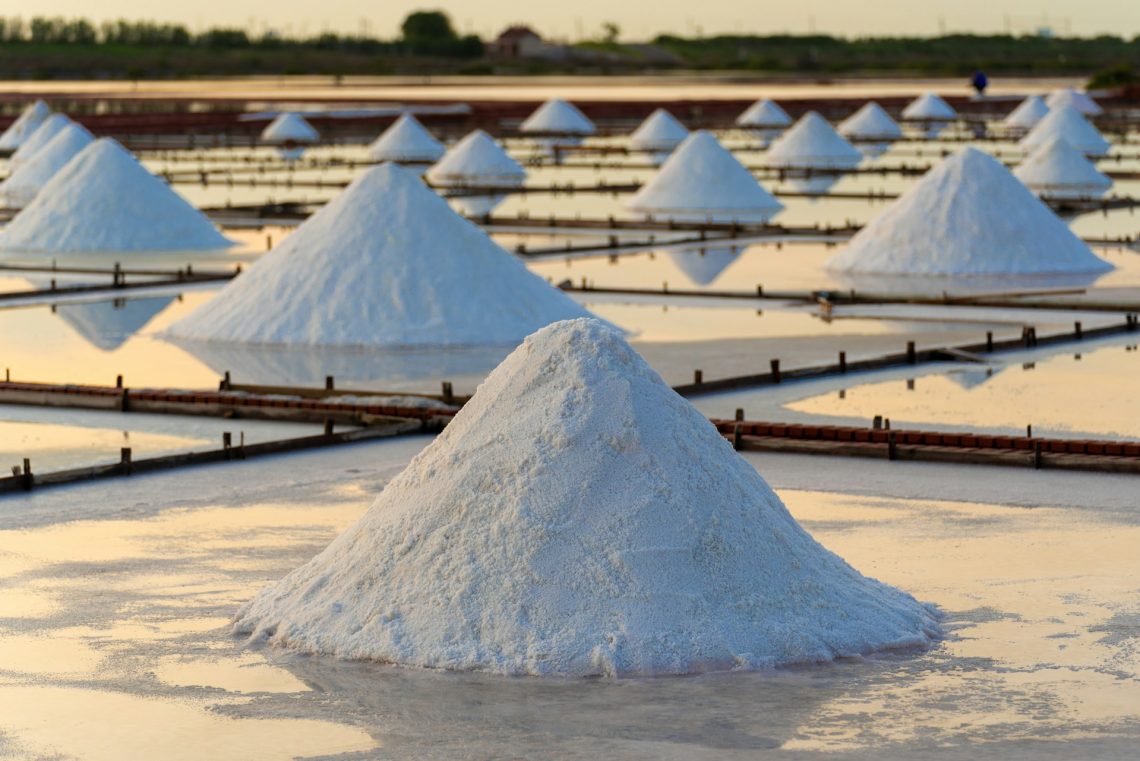
The incredible history of the Malta’s Salina Salt Pan
Salina Salt Pan was drafted and built on a reclaimed island of clay by the engineers of the Knights of Malta. The date found engraved on the Salina is 1764, which takes us to the reign of Grand Master Manoel Pinto de Fonseca (1741-1773).
Il Cabreo Del Magistero manuscript, which was compiled on the instructions of Grand Master Jean Paul de Lascaris (1636-1657), has a very detailed plan of the Salina as well as other draft plans. 1764 could have been the execution date or the date of a major alteration. The Salina has seen various modifications over the centuries, including the extension of nine large pans.
The Salina suffered neglect for decades and extensive damage during a heavy storm where one of its retaining walls gave way, leaving it submerged under water and silt for many years. With funding assistance from the European Agricultural Regional Development Funds (EARDF), a project for its restoration and regeneration commenced.
This architectural jewel is once again in its full glory, ready to offer a wonderful experience to visitors and tons of salt for the 14.000 known uses of salt worldwide.
THE XIMÉNEZ REDOUBT
The Salini Redoubt was built by Grand Master Ramon Perellos in 1715. It has two stone cannons (rock-hewn mortars) that were added in 1743, known as fougasse. The Redoubt was restored and enlarged with a salt store by Grand Master Francesco Ximénez in 1773-5, who left his coat of arms embellishing its façade. It was built as part of a war defense plan but also acted as a residence and guardroom for the salt harvest security. An identical Redoubt guarded the harbour from the opposite side, but the latter gave way to development during the 20th century.
Where to find:
Salina Salt Pan
Coast Road, St. Paul’s Bay, Malta




